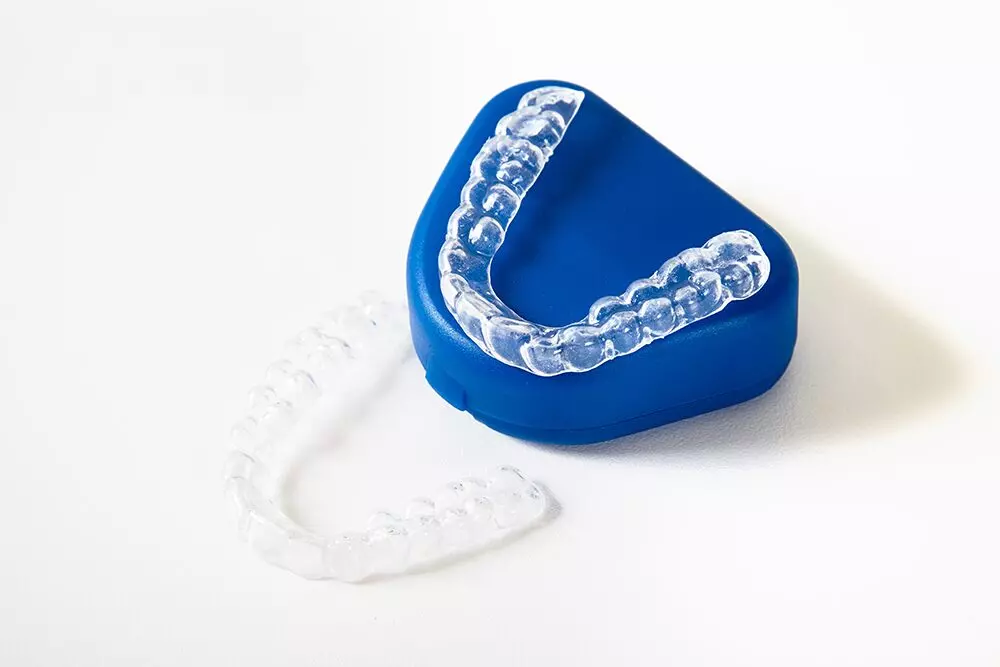Clear teeth aligners have transformed orthodontic treatment, offering a discreet and comfortable way to straighten teeth. Many patients wonder whether these aligners can address every type of alignment issue, from mild crowding to complex bite problems. While they are highly effective for a wide range of dental concerns, their suitability depends on the specific case, the severity of the misalignment, and the treatment plan designed by your dentist or orthodontist.
In this guide, we’ll explore how clear teeth aligners work, the types of alignment problems they can fix, their limitations, and how they compare with other orthodontic options. We’ll also discuss how combining your treatment with the best teeth whitening can help you achieve a brighter, more confident smile.
How Do Clear Teeth Aligners Work?
Clear teeth aligners are custom-made, transparent trays that fit snugly over your teeth. They apply gentle, consistent pressure to gradually move your teeth into the desired position. Unlike traditional metal braces, they are removable, making it easier to eat, drink, brush, and floss.
Treatment typically involves wearing a series of aligners, each designed to make small adjustments. You switch to a new set every one to two weeks, with progress monitored by your dentist. The duration of treatment varies from several months to over a year, depending on the complexity of your case.
What Types of Alignment Issues Can Clear Teeth Aligners Fix?
Clear teeth aligners can effectively treat a wide range of dental alignment problems, especially mild to moderate cases. Common issues they can address include:
1. Crowded Teeth
When teeth overlap or are positioned too closely, clear teeth aligners can gently shift them into a straighter position. This not only improves your smile’s appearance but also makes cleaning easier, reducing the risk of cavities and gum disease.
2. Gapped Teeth
Spaces between teeth can trap food and cause speech issues. Aligners work by closing these gaps for a more uniform and functional bite.
3. Overbite
An overbite occurs when the upper front teeth overlap too much with the lower teeth. Clear teeth aligners can reduce the overlap and create a healthier bite.
4. Underbite
When lower teeth protrude beyond the upper teeth, it can cause chewing problems and jaw discomfort. Aligners can improve alignment, though severe underbites may require additional orthodontic treatments.
5. Crossbite
A crossbite happens when some upper teeth sit inside the lower teeth instead of outside. Aligners can shift these teeth into their proper position.
6. Open Bite
An open bite occurs when the upper and lower teeth don’t touch when the mouth is closed. Clear aligners can help close the gap and restore normal chewing function.
Are There Limitations to What Clear Teeth Aligners Can Fix?
While clear teeth aligners are versatile, they may not be the best option for every alignment issue. Complex cases involving severe crowding, large jaw discrepancies, or rotated teeth may require traditional braces or other orthodontic appliances.
Additionally, because aligners rely on patient compliance, you must wear them for 20–22 hours per day to achieve the desired results. Skipping wear time can delay progress or affect the outcome.
Why Are Clear Teeth Aligners a Popular Choice?
Many patients choose clear teeth aligners over traditional braces for several reasons:
- Aesthetic Appeal: They are virtually invisible, making them a discreet option.
- Comfort: The smooth plastic design reduces irritation to the gums and cheeks.
- Convenience: They are removable for eating, brushing, and flossing.
- Fewer Dental Visits: Aligners often require fewer adjustments than braces.
These benefits make them especially attractive for adults and teens who want to improve their smiles without the look of metal braces.
Can You Combine Clear Teeth Aligners with the Best Teeth Whitening?
Absolutely! Many patients choose to pair their orthodontic treatment with the best teeth whitening for a complete smile makeover. Since clear teeth aligners are removable, you can whiten your teeth during treatment without interfering with the aligners.
Some dental practices even offer teeth whitening trays that work alongside your aligner plan. By the time your alignment is complete, your teeth will not only be straighter but also brighter, giving you a more confident smile.
What Is the Treatment Process Like?
If you’re considering clear teeth aligners, here’s what to expect:
- Consultation and Assessment – Your dentist will examine your teeth, take digital scans, and discuss your goals.
- Customized Treatment Plan – A 3D model shows how your teeth will shift during the process.
- Receiving Your Aligners – You’ll get your first set of aligners and instructions on wear time.
- Regular Checkups – Your progress will be monitored, and adjustments made if needed.
- Retention Phase – After treatment, you’ll wear a retainer to keep your teeth in place.
How Long Does It Take to See Results?
For mild cases, you may notice visible improvements within a few weeks. Most patients achieve full results within 6–18 months, depending on the complexity of the alignment issue and adherence to wearing the aligners as directed.
Are Clear Teeth Aligners Suitable for Everyone?
While they are suitable for many teens and adults, younger children and individuals with certain dental conditions may not be ideal candidates. Your dentist will determine whether aligners can achieve your desired results or if another orthodontic approach is better.
How Much Do Clear Teeth Aligners Cost?
The cost varies based on the severity of your case, treatment duration, and the provider you choose. Many dental offices offer flexible payment plans to make treatment more affordable. Considering their aesthetic benefits and convenience, many patients view them as a worthwhile investment in their smile and oral health.
Final Thoughts
Clear teeth aligners are an excellent choice for many people seeking a straighter smile without the look and feel of traditional braces. They can effectively correct a wide range of alignment issues, especially when used in mild to moderate cases. For more complex problems, your dentist may recommend a combination of treatments.
When paired with the best teeth whitening, clear teeth aligners can completely transform your smile, enhancing both its alignment and brightness. By committing to your treatment plan and following your dentist’s guidance, you can achieve a beautiful, healthy smile that lasts for years.







